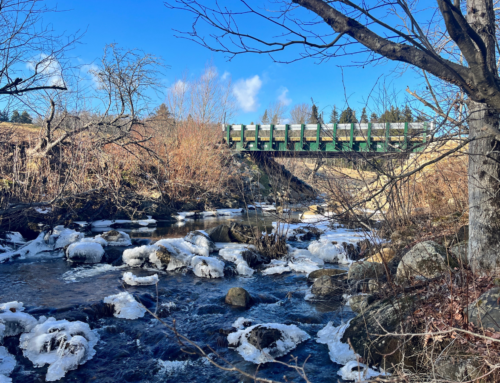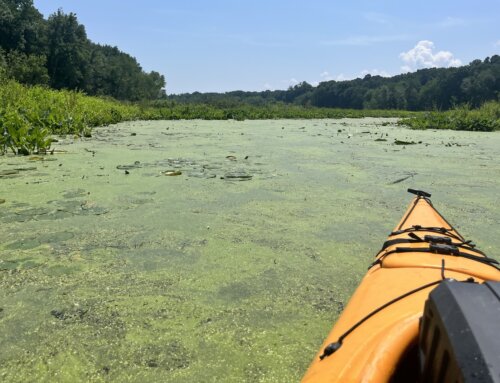Finally Some Good News for Our River:
The Clean Water Restoration Act
JUNE 2009 – We all live busy lives making it hard to pay attention to long term issues like: what is Congress doing to protect clean water? Most people have an unwarranted level of confidence that the law adequately protects clean water so they no longer think about that issue. Well there is a need for people to pay attention to passage of the Clean Water Restoration Act that is now before the US Congress.
Back in 2001, again in 2006 and yet again in 2009 the US Supreme Court delivered decisions limiting where and when the 1972 Clean Water Act (CWA) protects the waters of the US. The decisions individually seem limited in scope but using the earlier decisions as their rationale the Bush administration turned them into a wholesale eroding of the very law everyone has so much confidence in.
In 2001the first of the cases involved the Solid Waste Agency of Northern Cook County that wanted to put a landfill on top of a wetland. The Court ruled that the COE could not regulate non navigable intrastate waters solely on the basis of habitat for migratory birds. That’s it; the Court did not limit US Army Corp of Engineers (COE) or the Environmental Protection Agency (EPA) from protecting wetlands for reasons such as water quality, flood storage or other functions wetlands serve. Unfortunately that limited Court decision became a wholesale right to pollute all non navigable waters.
In 2006 it was the “Rapanos Case” involving developers who who filled 54 acres of wetland and built a shopping center on top of the fill without ever even applying for a permit. Rapanos was convicted of two felonies for filling wetlands in violation of law in 1995 but when he was hit with civil lawsuits Rapanos appealed the civil case against him to the Supreme Court. The Court concluded that when the COE asserted jurisdiction over the site they had exceeded the authority that Congress had granted them. The decision leaves “isolated” wetlands unprotected by the CWA.
Based on the Rapanos decision the COE and EPA told their staff they should delay making jurisdictional determinations in areas outside of traditional navigable waters; defer taking positions on the scope of jurisdiction over US waters in court pleadings, administrative hearings, or dealings with outside parties and they should refrain from referring new enforcement actions to the Department of Justice for CWA violations in waters that are not traditional navigable waters. Under these instructions enforcement against polluters ground to a halt.
In June 2009 the Court delivered yet another blow to clean water in the Coeur Alaska, Inc. decision that will allow a private corporation to pump 210,000 gallons per day of toxic mining waste from a gold mine directly into a lake under the guise that discharges of mining wastes are not regulated by EPA but by the COE. Under the Bush administration, since 2002 the COE has permitted “fill material” to be discharge into the waters of the US. It is the same interpretation that allows the COE to issue permits to blast off mountain tops and dump them into rivers and streams in Appalachia in the search for more coal.
So the Court has now said if a body of water is non-navigable or isolated or fill material is being discharged into it, the waters of the US can be polluted at will.
David Deen is River Steward for the Connecticut River Watershed Council. CRC has been an articulate voice for the Connecticut River for more than half a century.







